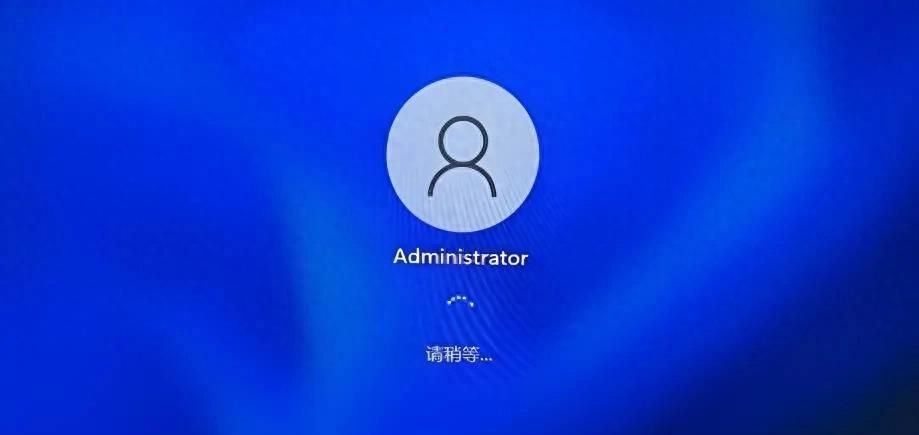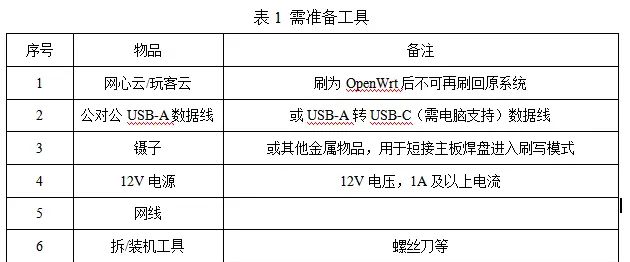目录
一、从生物神经元到人工神经元的进化之路
1.1 生物启发与数学建模
二、多层感知机(MLP)架构解析
2.1 手写数字识别实战
2.2 模型结构可视化
三、Keras核心API实战指南
3.1 数据预处理流程
3.2 模型训练与监控
3.3 训练过程可视化
四、工业级应用:房价预测回归模型
4.1 数据标准化与建模
4.2 模型保存与部署
五、Keras高级技巧:自定义组件
5.1 自定义损失函数
5.2 自定义评估指标
六、性能优化与调参指南
6.1 超参数搜索策略
6.2 不同优化器对比
七、最佳实践与避坑指南
7.1 数据预处理黄金法则
7.2 常见问题解决方案
一、从生物神经元到人工神经元的进化之路
1.1 生物启发与数学建模
McCulloch-Pitts神经元模型:
现代激活函数进化:
import tensorflow as tf
import matplotlib.pyplot as plt
x = tf.linspace(-5., 5., 200)
activations = {
"Sigmoid": tf.sigmoid,
"ReLU": tf.nn.relu,
"Swish": lambda x: x * tf.sigmoid(x)
}
plt.figure(figsize=(12, 6))
for i, (name, func) in enumerate(activations.items()):
plt.subplot(1, 3, i+1)
plt.plot(x, func(x))
plt.title(name)
plt.tight_layout()二、多层感知机(MLP)架构解析
2.1 手写数字识别实战
from tensorflow.keras import layers, models
# 构建MLP模型
model = models.Sequential([
layers.Flatten(input_shape=(28, 28)),
layers.Dense(512, activation='relu'),
layers.Dropout(0.2),
layers.Dense(256, activation='relu'),
layers.Dense(10, activation='softmax')
])
model.compile(optimizer='adam',
loss='sparse_categorical_crossentropy',
metrics=['accuracy'])2.2 模型结构可视化
from tensorflow.keras.utils import plot_model
plot_model(model, to_file='mlp_architecture.png', show_shapes=True)三、Keras核心API实战指南
3.1 数据预处理流程
from tensorflow.keras.datasets import mnist
# 加载与预处理数据
(X_train, y_train), (X_test, y_test) = mnist.load_data()
X_train = X_train / 255.0
X_test = X_test / 255.0
# 添加通道维度(可选,适配不同后端)
# X_train = X_train[..., tf.newaxis]
# X_test = X_test[..., tf.newaxis]3.2 模型训练与监控
from tensorflow.keras.callbacks import TensorBoard, EarlyStopping
callbacks = [
TensorBoard(log_dir='./logs'),
EarlyStopping(patience=3, monitor='val_loss')
]
history = model.fit(X_train, y_train,
epochs=50,
batch_size=256,
validation_split=0.2,
callbacks=callbacks)3.3 训练过程可视化
plt.figure(figsize=(12, 5))
plt.subplot(121)
plt.plot(history.history['accuracy'], label='Train')
plt.plot(history.history['val_accuracy'], label='Validation')
plt.title('Accuracy Curve')
plt.legend()
plt.subplot(122)
plt.plot(history.history['loss'], label='Train')
plt.plot(history.history['val_loss'], label='Validation')
plt.title('Loss Curve')
plt.legend()四、工业级应用:房价预测回归模型
4.1 数据标准化与建模
from sklearn.datasets import fetch_california_housing
from sklearn.preprocessing import StandardScaler
# 加载数据
housing = fetch_california_housing()
X_train, X_test, y_train, y_test = train_test_split(
housing.data, housing.target, test_size=0.2)
# 标准化处理
scaler = StandardScaler()
X_train_scaled = scaler.fit_transform(X_train)
X_test_scaled = scaler.transform(X_test)
# 构建回归模型
reg_model = models.Sequential([
layers.Dense(64, activation='relu', input_shape=[X_train.shape[1]]),
layers.Dense(32, activation='relu'),
layers.Dense(1)
])
reg_model.compile(optimizer='rmsprop',
loss='mse',
metrics=['mae'])4.2 模型保存与部署
# 保存完整模型
reg_model.save('housing_regression.h5')
# TensorFlow Lite转换
converter = tf.lite.TFLiteConverter.from_keras_model(reg_model)
tflite_model = converter.convert()
with open('model.tflite', 'wb') as f:
f.write(tflite_model)五、Keras高级技巧:自定义组件
5.1 自定义损失函数
def huber_loss(y_true, y_pred, delta=1.0):
error = y_true - y_pred
is_small_error = tf.abs(error) < delta
squared_loss = tf.square(error) / 2
linear_loss = delta * (tf.abs(error) - delta/2)
return tf.where(is_small_error, squared_loss, linear_loss)
reg_model.compile(optimizer='adam', loss=huber_loss)5.2 自定义评估指标
class RootMeanSquaredError(tf.keras.metrics.Metric):
def __init__(self, name='rmse', **kwargs):
super().__init__(name=name, **kwargs)
self.mse_sum = self.add_weight(name='mse_sum', initializer='zeros')
self.total_samples = self.add_weight(name='total_samples', initializer='zeros')
def update_state(self, y_true, y_pred, sample_weight=None):
mse = tf.reduce_sum(tf.square(y_true - y_pred))
self.mse_sum.assign_add(mse)
num_samples = tf.cast(tf.size(y_true), tf.float32)
self.total_samples.assign_add(num_samples)
def result(self):
return tf.sqrt(self.mse_sum / self.total_samples)六、性能优化与调参指南
6.1 超参数搜索策略
| 参数 | 推荐范围 | 搜索方法 | 工具 |
|---|---|---|---|
| 学习率 | [1e-5, 1e-1] | 对数均匀采样 | keras_tuner.RandomSearch |
| 隐藏层数 | 2-5 | 网格搜索 | sklearn.GridSearchCV |
| 神经元数量 | 32-512(指数增长) | 随机搜索 | keras_tuner.HyperBand |
| 激活函数 | ['relu', 'swish'] | 枚举法 | 手动验证 |
6.2 不同优化器对比
optimizers = {
'SGD': tf.keras.optimizers.SGD(),
'Adam': tf.keras.optimizers.Adam(),
'RMSprop': tf.keras.optimizers.RMSprop()
}
results = {}
for name, opt in optimizers.items():
model.compile(optimizer=opt, loss='mse')
history = model.fit(X_train_scaled, y_train, epochs=10, verbose=0)
results[name] = history.history['loss']
plt.figure(figsize=(10,6))
for name, loss in results.items():
plt.plot(loss, label=name)
plt.legend()
plt.title('不同优化器收敛速度对比')七、最佳实践与避坑指南
7.1 数据预处理黄金法则

7.2 常见问题解决方案
| 现象 | 原因分析 | 解决方案 |
|---|---|---|
| 训练损失不下降 | 学习率设置不当 | 调整学习率或使用学习率调度 |
| 验证集性能波动大 | 过拟合 | 增加Dropout层/L2正则化 |
| 梯度爆炸/消失 | 初始化不当 | 使用He初始化或批量归一化 |
| 预测结果全为同一类 | 类别不平衡 | 使用类别权重或过采样技术 |
掌握Keras的核心要义在于理解层次化抽象与灵活定制的平衡艺术。通过本教程,您已获得构建基础神经网络的完整技能栈。在后续章节中,我们将深入探讨卷积神经网络、循环神经网络等高级架构,助您解锁深度学习的更多潜能!
© 版权声明
文章版权归作者所有,未经允许请勿转载。如内容涉嫌侵权,请在本页底部进入<联系我们>进行举报投诉!
THE END
























暂无评论内容